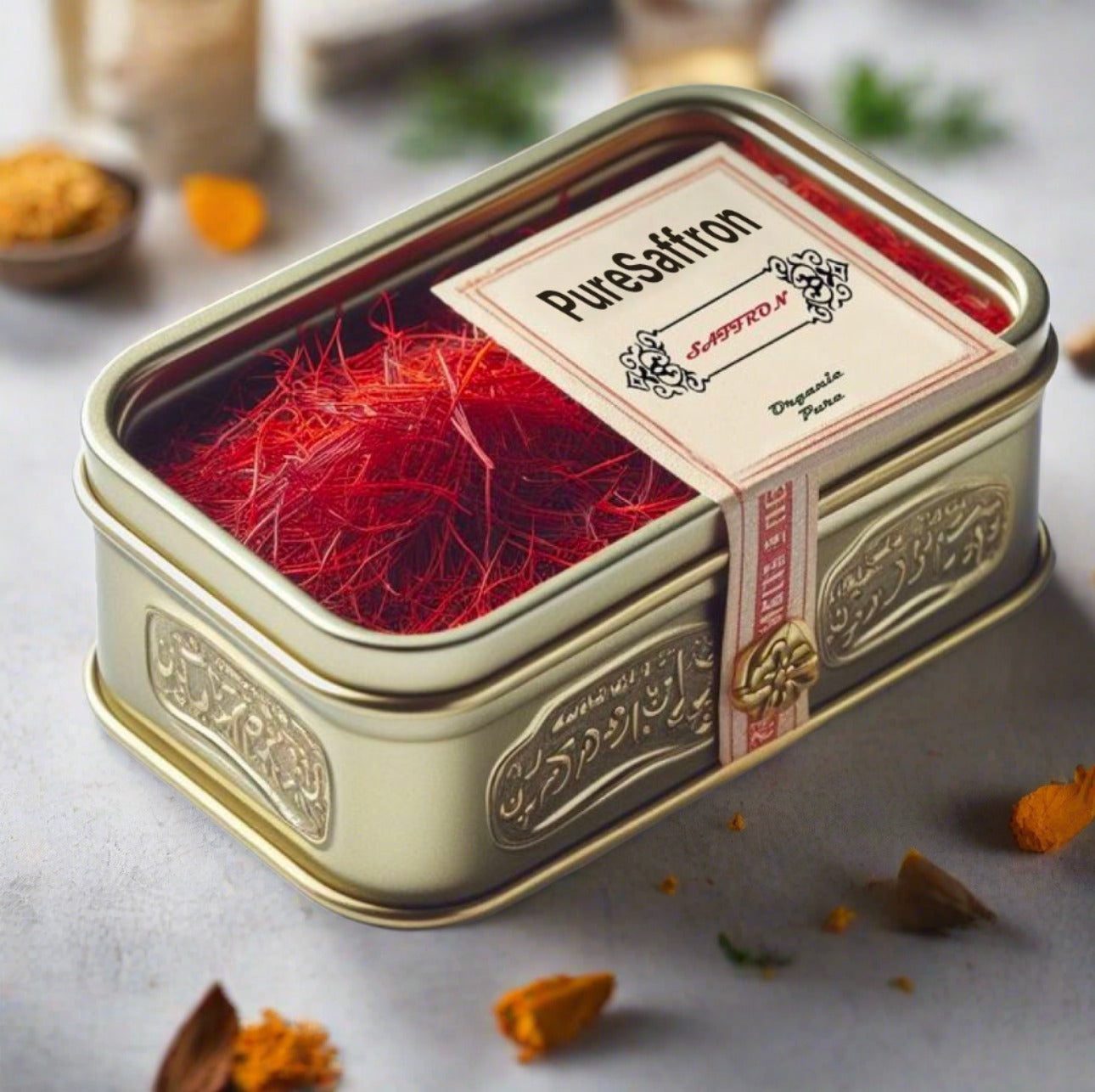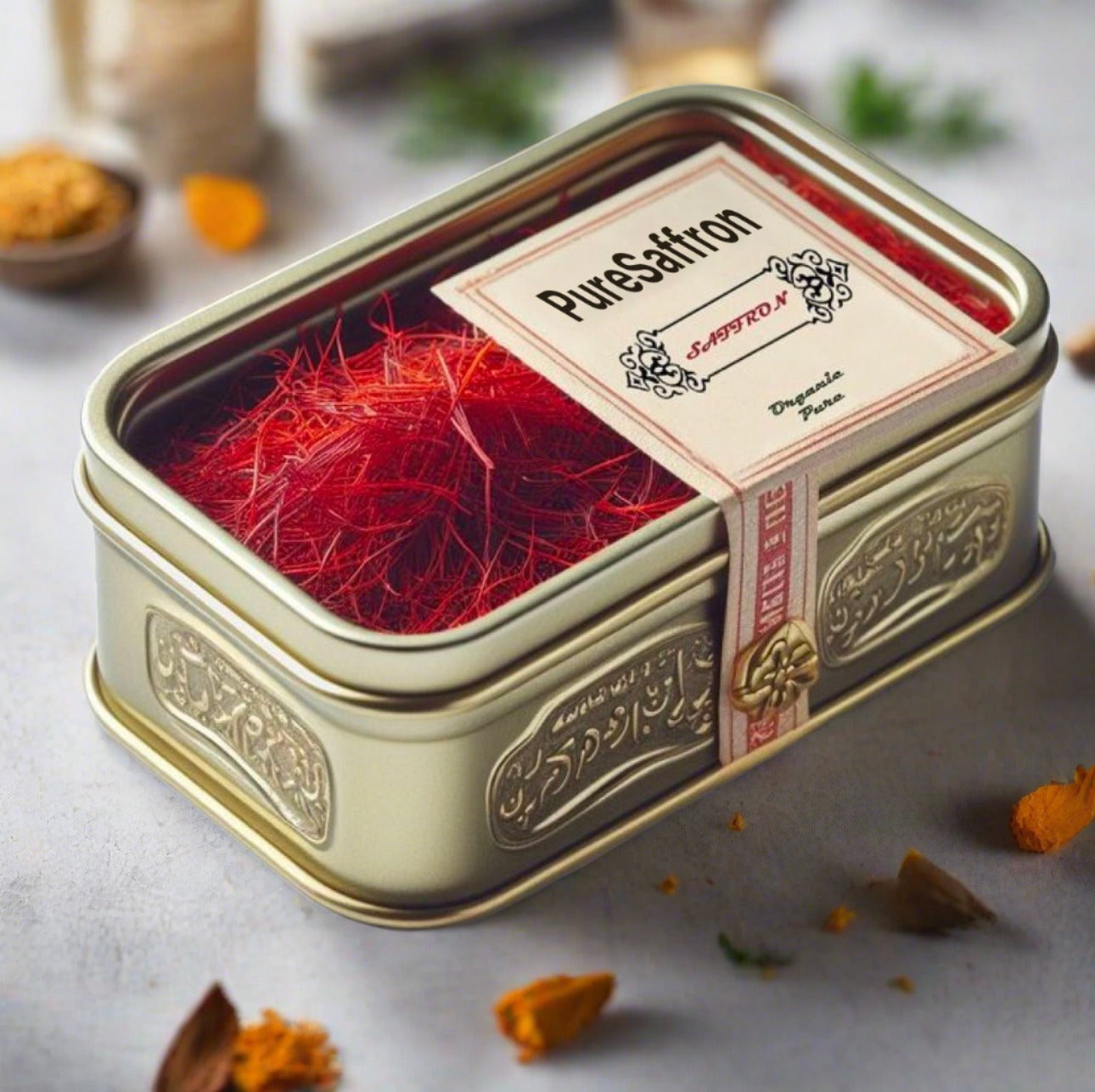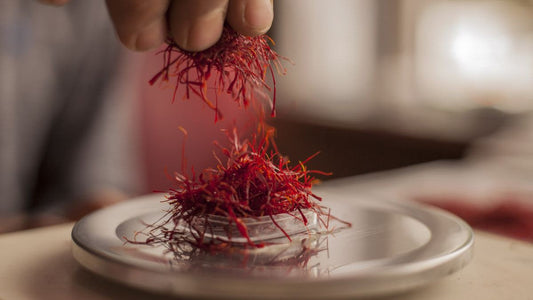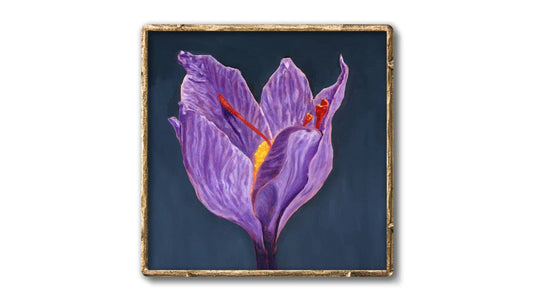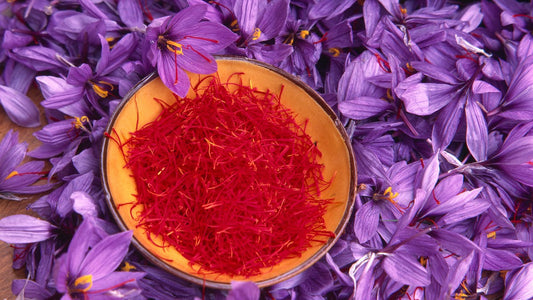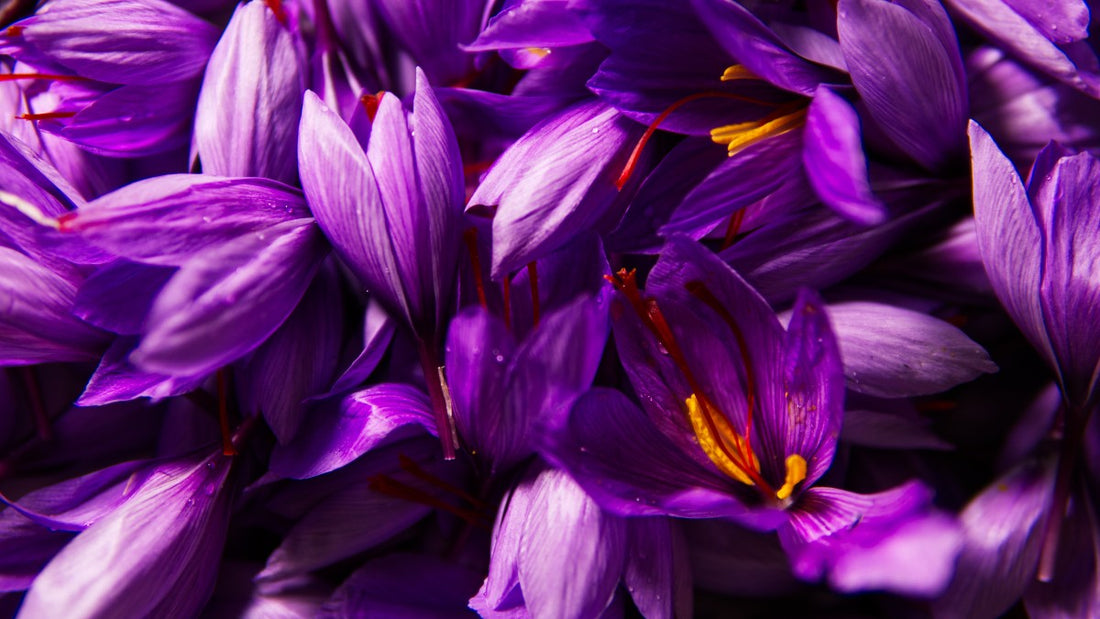
How to Identify Pure Saffron: Key Tips to Spot Authentic Saffron
Ara OhanianShare
Saffron, often referred to as "red gold," is one of the world's most prized spices. Its unique aroma, flavor, and health benefits make it a coveted ingredient in many cuisines and remedies. However, due to its high value, saffron is also one of the most commonly adulterated spices. If you're wondering how to identify pure saffron, you've come to the right place. This guide will walk you through all the essential tips and tests to ensure you're buying authentic, high-quality saffron.
Why is Identifying Pure Saffron Important?
Given saffron's high price, many sellers mix it with fake or low-quality substitutes to maximize profits. Consuming adulterated saffron isn't just a waste of money—it can also pose health risks. Identifying pure saffron ensures you're getting the full flavor, aroma, and benefits the spice is known for.
The good news is that with a bit of knowledge, it's possible to distinguish between pure saffron and counterfeit products. Let's dive into the details!
Characteristics of Pure Saffron
Before we get into tests, it's important to know what pure saffron looks, smells, and tastes like. Here are some key characteristics:
- Appearance: Pure saffron consists of thread-like stigmas from the Crocus sativus flower. The threads are deep red, with a slightly trumpet-shaped tip.
- Aroma: Authentic saffron has a distinct, sweet, and earthy aroma with notes of honey and hay.
- Flavor: Pure saffron offers a subtly sweet and slightly bitter flavor, with no metallic or overly sweet aftertaste.
- Texture: The threads should feel dry and slightly brittle to the touch, not greasy or overly moist.
Tests to Identify Pure Saffron
Now that you're familiar with saffron's characteristics, here are some simple yet effective tests to ensure its purity:
1. The Water Test
One of the easiest ways to test saffron is by immersing a few threads in warm water. Here's what to look for:
- Color Release: Pure saffron releases a rich golden-yellow color within 5-10 minutes. If the water turns red or orange immediately, it's likely fake.
- Thread Integrity: Genuine saffron threads maintain their shape even after being soaked. If the threads dissolve or break apart, they may be adulterated.
2. The Smell Test
Saffron's aroma is one of its defining features. Rub a few threads between your fingers and smell them. Pure saffron has a unique, earthy aroma with hints of honey. If it smells overly sweet, like sugar or chemicals, it could be fake.
3. The Taste Test
To test saffron's flavor, place a small thread on your tongue. Pure saffron tastes slightly bitter with a touch of sweetness. If it tastes overly sweet, salty, or metallic, it's likely adulterated.
4. The Burn Test
For this test, burn a saffron thread with a lighter. Pure saffron produces a bright orange flame and leaves behind ash. Fake saffron, especially if dyed with chemicals, may produce a darker flame or melt instead of burning.
5. The Price Test
While not a scientific test, the price of saffron can be a good indicator of its authenticity. High-quality saffron is expensive. If the price seems too good to be true, it probably is.
Common Adulterants in Fake Saffron
To better understand what to avoid, here’s a list of common adulterants found in fake saffron:
- Dyed Threads: Many sellers dye corn silk, coconut fibers, or other plant materials to mimic saffron's appearance.
- Artificial Coloring: Some fake saffron is made by coating threads with artificial red and yellow dyes.
- Powdered Adulterants: In saffron powder, sellers may mix turmeric, paprika, or other cheaper spices.
Where to Buy Pure Saffron?
The best way to ensure you're purchasing pure saffron is to buy from a trusted, reputable source. At PureSaffron, we guarantee 100% authentic Persian saffron, carefully harvested and tested for quality. Explore our range of premium saffron and experience the difference!
Tips for Storing Saffron
Once you've identified and purchased pure saffron, proper storage is essential to maintain its quality. Follow these tips:
- Store saffron in an airtight container, away from moisture and light.
- Keep it in a cool, dry place, but avoid refrigeration as it can introduce humidity.
- Always use a clean, dry spoon to handle saffron to prevent contamination.
Final Thoughts
Knowing how to identify pure saffron is crucial for ensuring you get the best quality for your money. By using the visual, aroma, taste, and water tests outlined above, you can confidently spot authentic saffron and avoid counterfeit products. Always buy from trusted sources and follow proper storage practices to enjoy saffron's full range of benefits.
FAQs: How to Identify Pure Saffron
-
Q1: What is the easiest way to test saffron's purity?
A: The water test is the simplest and most reliable way. Pure saffron releases a golden-yellow color and maintains its thread shape in water. -
Q2: Can fake saffron harm my health?
A: Yes, fake saffron often contains harmful dyes or chemicals that can pose health risks when consumed. -
Q3: What should pure saffron smell like?
A: Pure saffron has a distinct aroma with earthy, honey-like notes. It should not smell overly sweet or chemical-like. -
Q4: How much does pure saffron usually cost?
A: High-quality saffron is expensive, often priced between $10-$25 per gram, depending on origin and grade. -
Q5: Can powdered saffron be pure?
A: While powdered saffron can be pure, it's more susceptible to adulteration. It's better to buy saffron threads and grind them yourself.
